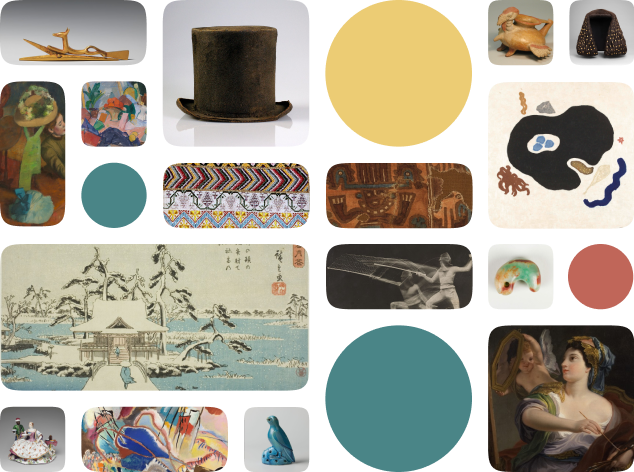Mummified Cat
Creator Name
Cultural Context
Date
Source
About the Work
Walters Art Museum Object Description
Priests oversaw the rituals, mummifications, funerals, and burials of sacred temple animals. By the mid-1st millennium BC, people were encouraged to pay for the mummification as a sacred offering to the related deity. A cat mummy would be offered to a feline deity, such as Bastet. This was a lucrative business, and "false" mummies were sometimes created to meet the demand. Actually, this is one of those: X-rays show that there is nothing inside the wrappings.For the latest information about this object, Mummified Cat, visit the Online Collection of the Walters Art Museum.
Work details
"--" = no data available
Title
Creator
Worktype
Cultural Context
Material
Dimensions
Technique
--
Language
--
Date
Provenance
Style Period
--
Rights
Inscription
--
Location
--
Source
Subjects
--
Topic
--
Related Content
--
All Works in Curationist’s archives can be reproduced and used freely. How to attribute this Work:
Egyptian, Mummified Cat, 3rd-2nd century BCE (Greco-Roman), Ptolemaic Dynasty, Walters Art Museum. CC0, GNU Free Documentation License.
Help us improve this content!
Let our archivists know if you have something to add.
Save this work.
Start an account to add this work to your personal curated collection.
